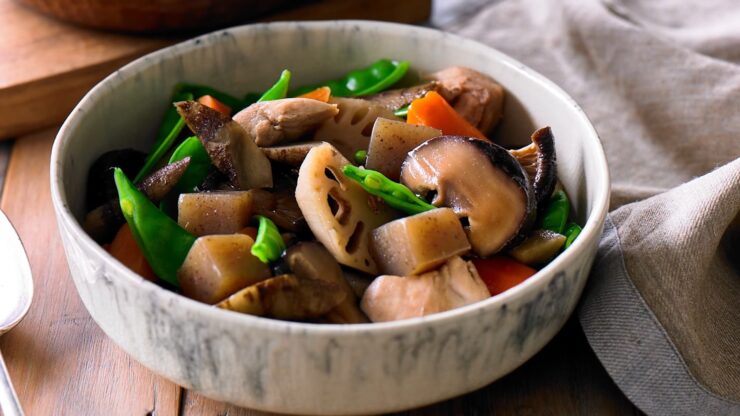Traditional Japanese food is loved the world over and known locally as washoku: the kanji characters that make up the word (和食) are in two parts: “wa”, meaning harmony or Japanese, and “shoku”, which means food or eating.
You don’t necessarily have to travel all the way to Tokyo to try Japanese food. While Japanese dishes can seem somewhat intimidating, there’s no reason why you can’t try making one or two yourself at home.
In Japanese culture, five (五) with special spiritual significance throughout and is also associated with good fortune. The “rule of five” is even included in Japanese cuisine, where food is prepared to stimulate the five senses (gokan), should ideally contain five colors (goshiki), and is prepared using one of five cooking methods (goho), serving steamed, roasted, fried, simmered or raw dishes. It is also a symbol of unity or togetherness – an important aspect of Japanese dining.
Sa Shi Su Se So
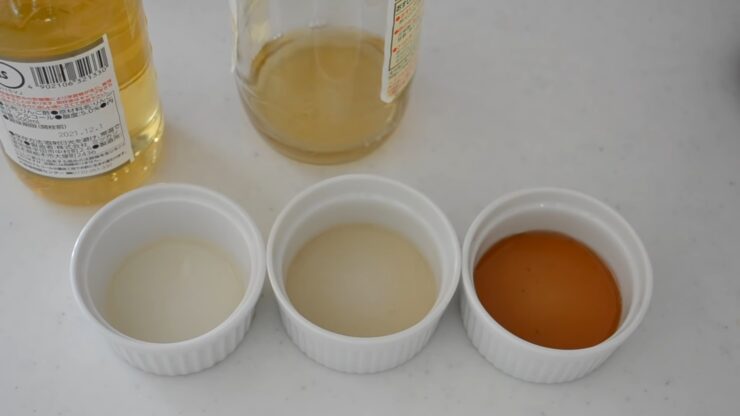
This rule of five also relates to the use of flavor in Japanese cuisine, which centers on principles: sato, shio, su, hōyu/seuyu and miso, often shortened to the phrase “sa, shi, su, se, so”. These five words refer respectively not only to the use of sugar, salt, vinegar, soy sauce and miso in Japanese dishes – but how they are used as well.
The order of “sa, shi, su, se, so” relates to how each flavor affects the other: for instance, salt dries out ingredients, making it difficult to absorb sugar – so sugar is added first. Vinegar prevents ingredients from over-absorbing salt – and soy sauce or miso are generally added at the end to round out the flavors and add depth.
Where to Find Japanese Ingredients
If you don’t live near a store selling Japanese ingredients, questions like where to buy Japanese salad dressing could stop you even before you finish reading the recipe. Depending on where you live, a brick-and-mortar Japanese grocery store might not be readily available, although there is always the option of shopping online.
In addition to ordering ingredients online to your home, you can also find a list of the nearest Japanese grocery stores in your local area and merchants that ship worldwide. If you need your ingredients at short notice, another option is to substitute ingredients with things you can already find in your kitchen.
8 Substitute Ingredients
1. Japanese Stock (Dashi)

The foundation of many Japanese dishes, this tasty stock is traditionally made with katsuobushi (dried bonito flakes) and kelp seaweed (kombu) to add a sweet-and-salty umami flavor to savory dishes. If neither of these is available to you, a vegetable stock with added ginger or leek offers a good substitute.
2. Soy Sauce (Syoyu)
Soy sauce is typically one of the more readily available ingredients in stores, but if you can’t find any, you can make a substitute at home by combining 1/4 tsp of honey, 1/8 tsp ground ginger powder, and 1 tsp Worcestershire sauce in a small bowl. Use in recipes as a flavoring or a dip as you would do with traditional soy sauce.
3. Sake
Sake is a fermented drink made from fermented rice. While you may have seen it in bars, you might not know that it’s also used in Japanese food. If you can’t find any sake, Shaoxing Wine (Chinese Rice Wine) or a dry sherry can help to add the subtle depth normally given by sake. For a non-alcoholic substitute, try white grape juice or balsamic vinegar. Stock up on sake and other bar supplies to elevate your drinks and dishes.
Make your drinks and food taste better by getting more bar supplies like sake. Click here to know about Bar Supplies.
4. Mirin
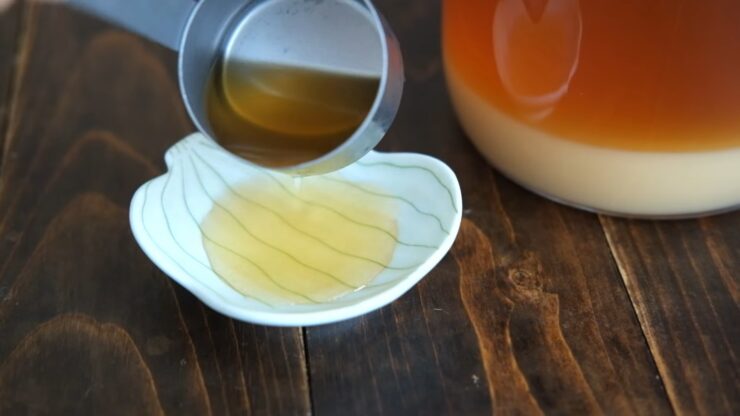
Similar to Sake, Mirin is another traditional Japanese beverage, albeit sweeter and with a lower alcohol content. In dishes, it adds a sweet rich taste known as umami, which in Japanese translates to “the essence of deliciousness”. If you don’t have access to mirin, however, you can always substitute with 1 tablespoon of dry sherry and 1 teaspoon of sugar.
5. Rice Vinegar (Su)
A must-have in any Japanese kitchen, this condiment can be used to make sushi, pickles, marinades or in sauces and salad dressings – but if you don’t have any on hand, white wine or apple cider vinegar can provide a decent substitute.
6. Shiratamako
Also known as “sweet rice flour”, this glutinous ingredient is used to make many delicious sweets like yomogi dango and mochi ice cream. This is one of the harder ingredients to substitute, as its replacements (mochiko or glutinous rice flour) may not be readily available, but some flours like tapioca may be used to make sweets like mochi in a pinch.
7. Potato Starch
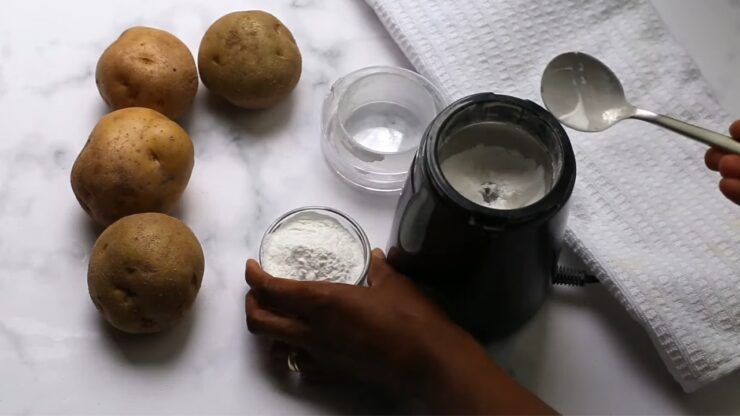
This thickening ingredient is known in Japanese as “Katakuriko”, meaning “starch of dogtooth violet” and is used for making soups and fried food. The closest ingredient to potato starch if you cannot find any is cornstarch, which is similarly neutral in flavor and capable of withstanding high cooking temperatures for long periods.
8. Miso
Miso, a salty, fermented soybean paste used in savory dishes, has a flavor all of its own, making it one of the more difficult ingredients to imitate. A number of suggested alternatives include tahini paste, vegetable stock and fish sauce, although you may want to try experimenting with different combinations until you get the balance of flavors right.
Similarly, exploring diverse oyster sauces, known for their rich umami notes, can provide additional depth to your culinary creations.
A Taste for Adventure
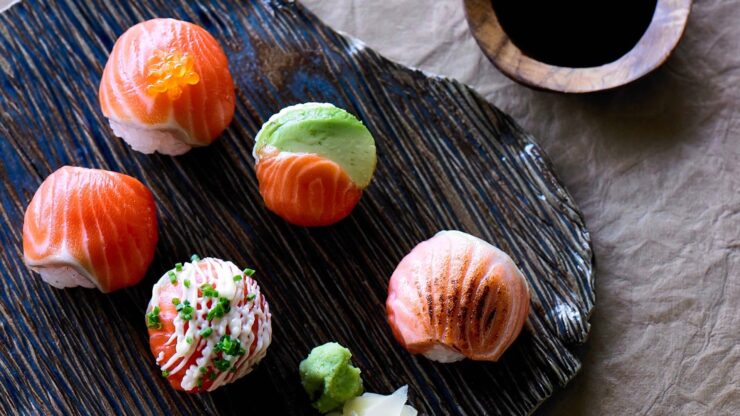
One of the best ways to try Japanese food is to travel there and try it for yourself: Osaka (a port city on the island of Honshu) is a top destination for intrepid foodies, specializing in kushi-katsu (skewered and deep-fried meat and vegetables), okonomiyaki (savory pancakes), tako-yaki (segments of octopus leg molded into balls and fried) and of course, delicious ramen.
Conclusion
If you’re not planning a vacation any time soon, trying new foods at home can be a great way to get a taste of what it’s like to eat in other countries, expanding your knowledge as well as your palette.
If you’re new to Japanese food, some introductory dishes to try include tempura (fried meat or vegetables), ramen (wheat noodles in a savory broth), or oden, a hearty hot pot dish featuring vegetables, eggs, fishcakes and tofu.

